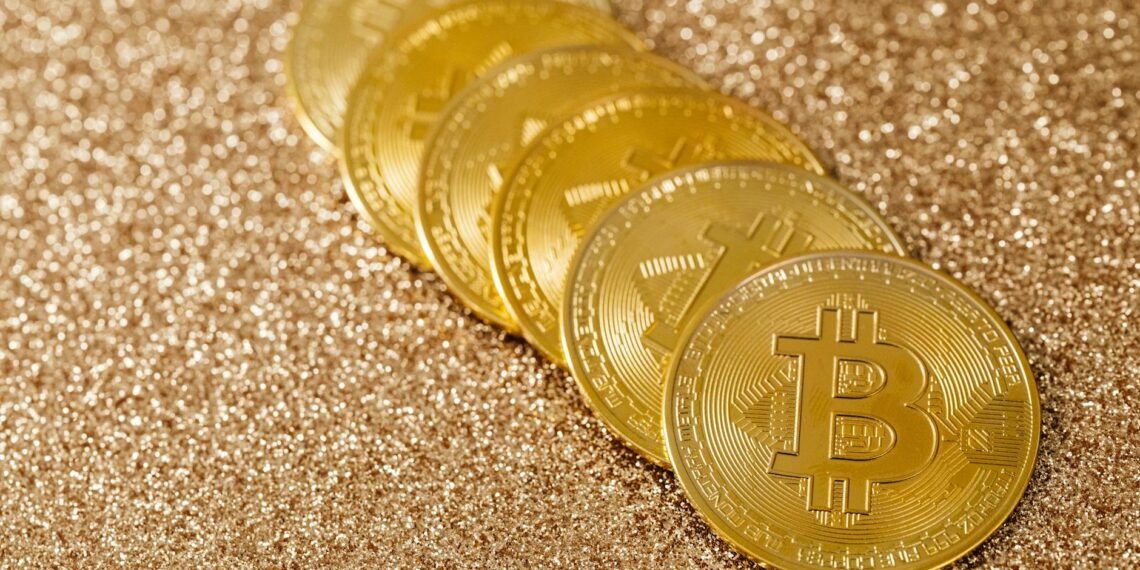The value of a Wheat Penny, also known as a Lincoln Wheat Cent, can range dramatically based on its specific characteristics. While most are worth just a few cents, certain key dates, mint marks, and error coins can command significantly higher prices, reaching into hundreds, thousands, and even hundreds of thousands of dollars.
Here’s a breakdown of what makes some Wheat Pennies more valuable than others:
- 1909-S VDB: This is the most famous and rarest regularly issued Wheat Penny, with a low mintage of 484,000. Its value can range from hundreds to tens of thousands of dollars, depending on condition.
- 1914-D: This is a scarce issue from the Denver mint, consistently valuable across all grades. Prices typically range from $200 to $300 for circulated coins.
- 1931-S: Another low-mintage year, especially desirable in higher grades. Well-preserved examples can fetch $40 or more.
- 1922 No D: This variety is a famous error coin where the “D” mint mark is missing, making it highly collectible.
- 1943 Bronze/Copper: Pennies from 1943 were mistakenly struck on leftover copper planchets instead of steel, making them extremely rare and valuable. Values can range from hundreds of thousands to over a million dollars, depending on condition.
- [1955 Doubled Die Obverse]: This error results in a visible doubling of the date and lettering, instantly recognizable to collectors. This penny’s value can exceed $1,200.
- Other doubled die and repunched mintmark varieties: Several other years have less dramatic doubled die or repunched mintmark errors which still add to their value.
- Condition: Well-preserved coins in higher grades (e.g., Uncirculated or Mint State) are significantly more valuable than those with wear and tear.
- Mint mark: Pennies minted in San Francisco (“S”) are often more sought after than those from Philadelphia (no mint mark) or Denver (“D”).
- Rarity: Coins with low mintages are naturally more valuable due to their scarcity.
- Most common date Wheat Pennies in average circulated condition are worth $0.05 to $0.50.
- Higher-grade examples of common dates can be worth $5 to $50.
- Key dates and rare error coins can be worth hundreds or thousands of dollars , with some exceeding $100,000.
Note: It’s crucial to be aware of counterfeit coins, especially when dealing with rare and valuable varieties. It’s always advisable to consult with a reputable coin dealer or authenticator before making any significant purchase.











Are wheat coins worth money?
I can help with that. You’ve probably seen the oldest Lincoln pennies, the ones sometimes called wheaties, with the two sheafs of wheat on the back. Although they have a face value of only one cent, the most valuable wheat pennies can actually be worth thousands of dollars.
Is a 1926 wheat penny worth $3000?
Such pieces can be worth hundreds or even thousands of dollars, like a 1926 Wheat penny worth $3,000 – especially if they are well preserved. Here we will understand what is a 1926 Wheat penny worth, how to distinguish standard versions from collectible ones and what 1926 errors are especially valuable on the market.
Why are 1999 pennies worth $4,500 today?
It’s from 1999 and could be worth $4,500 thanks to a little-known error on it. What you want to look for is a 1999 penny with no mint mark, which means no letter under the year on the heads side. As for the tails side, that’s where you have to look closely.
Is a 1943 penny worth $1,000,000?
Rare error varieties, such as the highly sought-after 1943 Copper Penny, can be worth over $100,000, and some have sold for more than $1 million. Other errors, like doubled dies or off-center strikes, can also increase the value significantly.